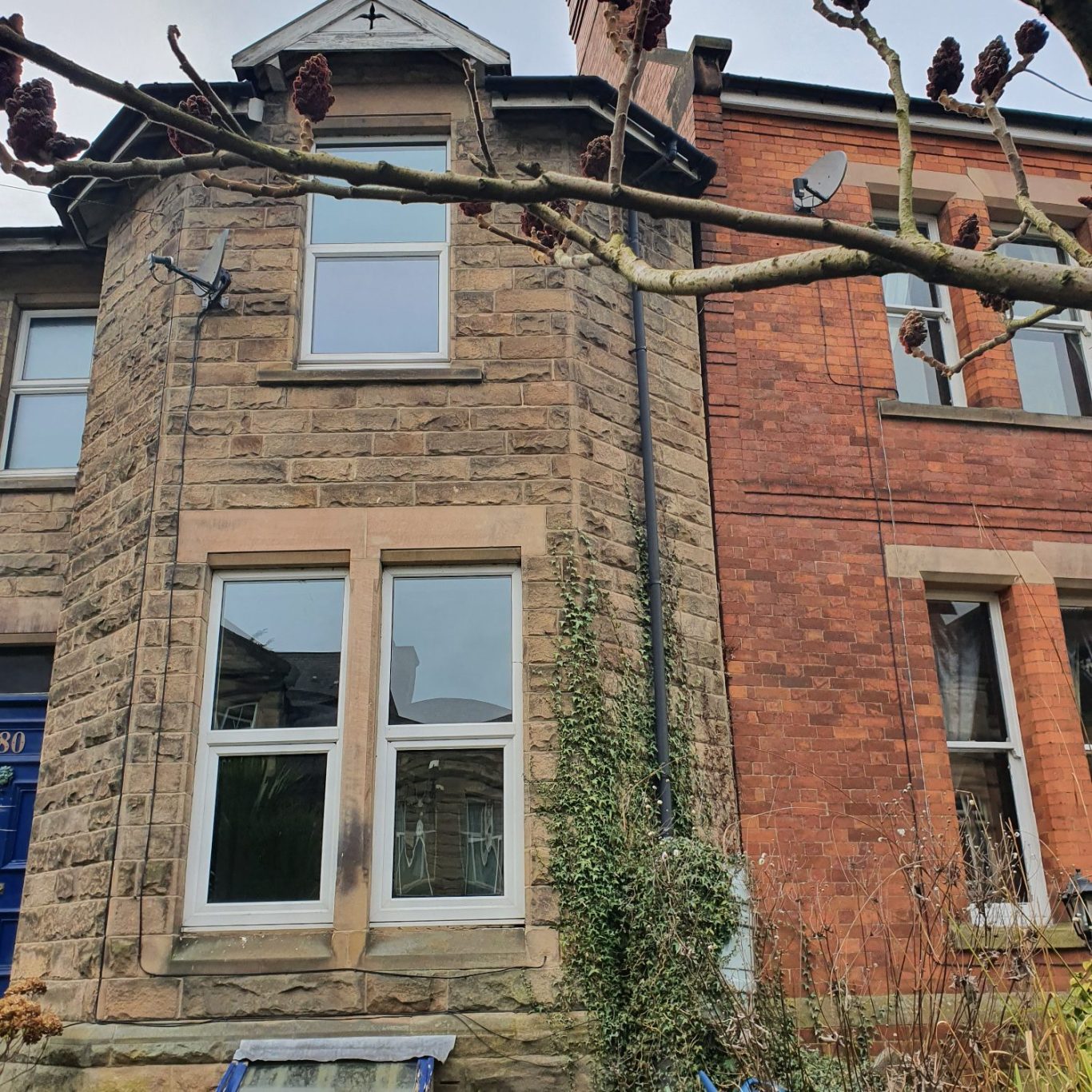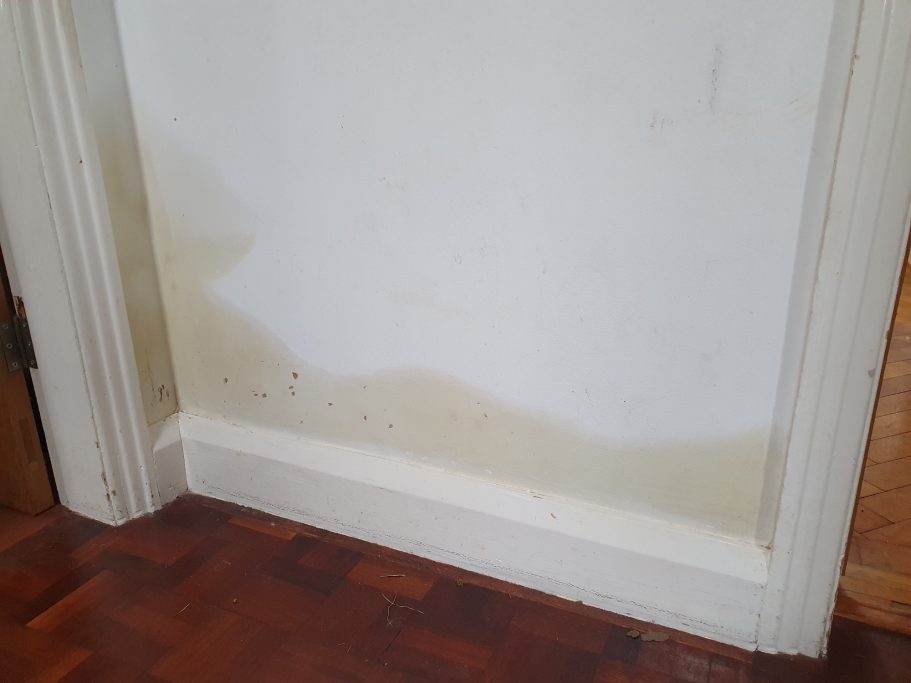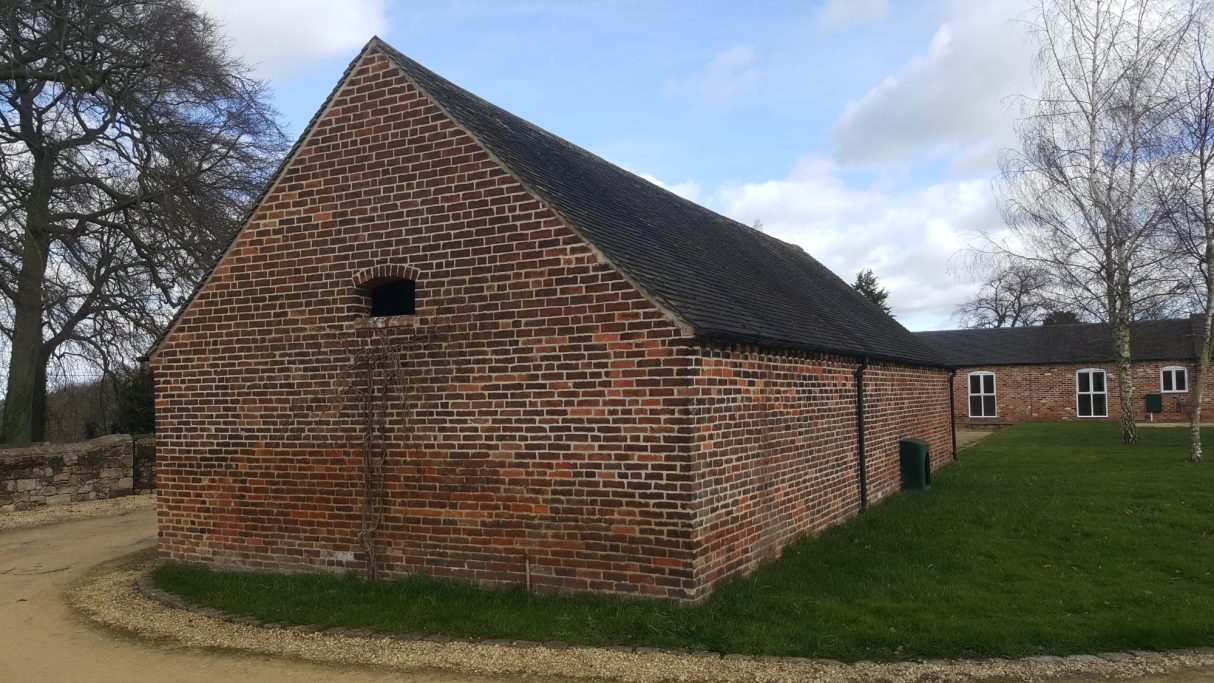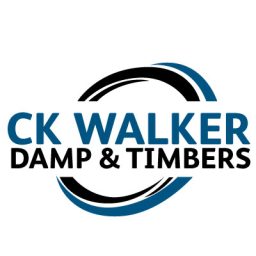Rising Damp - Damp Proofing Solutions
Rising Damp - Causes, Signs & Effective Treatment
What is Rising Damp?
Rising damp is a common issue in older properties, caused by moisture moving upwards through porous walls due to the absence or failure of a damp-proof course (DPC). If left untreated, it can compromise a building’s structural integrity and visual appeal.
Signs of Rising Damp
Recognising rising damp early is crucial to prevent further damage. Common symptoms include:
✅ Peeling wallpaper and blistering paint
✅ Crumbling or damaged plasterwork
✅ Damp or musty odours
✅ Tide marks and salt deposits on walls
✅ Decayed timber, skirting boards, or flooring
The Impact of Rising Damp on Your Property
Rising damp can lead to serious structural problems, including:
🛠️ Brick & Mortar Damage – Moisture weakens masonry, causing spalling bricks and deteriorated mortar.
🛠️ Heat Loss & Condensation – Damp walls reduce insulation efficiency, increasing energy costs and promoting condensation.
🛠️ Timber Decay & Infestation – Persistent dampness encourages fungal growth and woodboring insect infestations, such as woodworm.
How to Treat Rising Damp
To effectively resolve rising damp, professional damp-proofing is essential:
✔️ Install a New Damp-Proof Course (DPC) – This prevents further moisture ingress.
✔️ Replace Contaminated Plaster – Hygroscopic salts absorbed into the walls can cause persistent damp issues, so affected plaster should be removed and replaced to at least 1 meter in height.
Professional Rising Damp Treatment in Derbyshire
At CK Walker Damp & Timbers, we specialize in rising damp solutions tailored to your property’s needs. Our experienced team provides expert diagnosis, damp-proofing treatments, and long-term solutions to protect your home.
📞 Contact us today for a free survey and expert advice on rising damp treatment in Derbyshire and surrounding areas.
What is Rising Dampness
Rising damp (or Salt Damp, as it is known in many parts of the world) is not the most common form of dampness encountered in buildings; this is left to condensation. However, a high proportion of older buildings are affected by rising damp to some degree or another. This video explains exactly how rising damp occurs and shows what the main symptoms are.
Examples of causes of Rising Dampness
Rising Damp Treatments Can Involve:
Removal of Contaminated Plaster and Damp Proof Course Injection
Rising damp treatments may require the removal of salt contaminated plaster to the affected areas in accordance with British Standard 6576:2005.
A new damp proof course can be injected using Dryzone or Dyrods.
- Dryzone is a silane/siloxane cream emulsion that reacts with moisture to form a highly effective hydrophobic barrier against rising damp in masonry structures.
- Dryrods are made from fibre rods and are a new high-performance damp-proof course material. Dryrods are an alternative to Dryzone cream and are suitable for situations that require maximum performance, such as highly saturated walls.
Once a damp proof course has been inserted, the moisture in the wall from the previous rising damp will start to dry out. As a general guide, the drying rate is given as 1 month for every 25mm of wall thickness (BRE Digest 163). This means a 230mm wall will take approximately 9 months to dry.
It is important therefore that the walls are allowed to "breathe" and wallpaper or other barriers to evaporation are not applied until the walls are dry.
Floor/wall junctions (solid concrete floors) may need to be sealed with Drybase liquid applied damp proof membrane.


Damp Proofing Re-Plastering Methods
A number of methods are available for re-plastering following the insertion of a damp proof course. A survey of your property will help decide which method is most suitable.
Render Systems
Most companies use sand and cement render, but we only use Dryzone Damp Resistant Plaster due to its excellent breathability properties. Dryzone Damp Resistant Plaster is applied as the base coat to the wall.
This is a highly breathable plaster (8μ) (More breathable than lime plaster (10μ) but will not allow the passage of salts through to the surface. It has excellent thermal qualities. A finish coat of Thistle Multi Finish plaster is then applied to a smooth finish.
Older and traditional constructed buildings may require Lime re-plastering to meet conservation/listing requirements.


Vertical Damp Proofing Systems
Drybase Flex Membrane - Plastic Polypropylene Membrane
Drybase Flex Membrane is a useful way of isolating plasterboards and renders from salt contaminated surfaces. A plaster skim finish is usually applied on top of the plasterboard or render.
CM3 Mesh Membrane -(Plastic Polypropylene Membrane)

A mesh membrane is another way of isolating plasterboards and renders from salt/damp substrates. This is the same principle as the Flex Membrane. Both methods will provide a dry decorative surface but different circumstances will decide which type of vertical damp proofing system is more suited to a property/situation.
External Damp Prevention Works

External Works to Solve Damp Problems
Damp issues in buildings aren’t always caused by internal problems—external defects can also contribute significantly to moisture ingress. A thorough external inspection is crucial when diagnosing internal damp problems. However, many damp proofing companies overlook this essential step, leading to recurring damp issues even after internal treatments.
At CK Walker Damp & Timbers, we ensure a comprehensive approach by identifying and addressing common external defects that can cause damp. Below are some of the most frequent external factors that contribute to moisture problems in buildings:
Lowering External Ground Levels
If the ground level outside a property is too high, it can bridge the damp proof course (DPC), allowing moisture to rise up the wall. Additionally, rainwater can splash above the DPC, leading to further damp penetration.
✅ Solution: Lowering the external ground level so it sits below the internal floor level and ensuring the DPC remains at least 150mm above the external ground. This simple step enhances wall evaporation and significantly reduces rising damp. Often, only a small amount of soil removal is required to achieve this.
Removing Damaged External Render
Cracked, blown, or deteriorating render allows moisture to penetrate the building’s structure, exacerbating damp issues.
✅ Solution: Repair or remove damaged render. For older buildings, it’s essential to use lime-based materials when making repairs or renewing render, as this allows the building to breathe and prevents trapped moisture.
Repointing Brickwork
Worn or damaged mortar joints can allow rainwater to penetrate brick or stone walls, leading to damp problems.
✅ Solution: Repointing walls with an appropriate mortar mix. For older properties, lime mortar should be used to ensure breathability. If a wall is particularly exposed to wind-driven rain, applying a breathable water repellent may also be beneficial.
Improving Sub-Floor Ventilation
Inadequate ventilation beneath suspended timber floors can result in moisture buildup, increasing the risk of damp, timber decay, and infestations from wood-boring insects.
✅ Solution: Increase airflow by installing additional air vents or clearing existing ones of debris and blockages to prevent excess moisture accumulation.
Maintaining Rainwater Goods & Drainage
Leaking gutters, downpipes, and drains can lead to excessive moisture around a property, worsening damp problems.
✅ Solution: Regularly clean and maintain gutters and drainage systems, repairing or replacing any faulty components as needed. (Please note: CK Walker Damp & Timbers does not offer this service.)
Expert Damp Solutions in Derbyshire
At CK Walker Damp & Timbers, we specialise in identifying and resolving both internal and external damp issues. If you're experiencing damp problems, our expert team can assess your property and provide tailored solutions to protect your home.
CK Walker Damp & Timbers provides Damp Proofing, Condensation Control, Re-Plastering, Fungal Decay & Woodworm solutions throughout Derbyshire & West Nottinghamshire.
CK Walker LTD trading as CK Walker Damp & Timbers – Company Number 09072842 - Address – Unit 4, Block 13, Amber Business Centre, Greenhill Lane, Riddings, Alfreton, Derbyshire, DE55 4BR.
For all your damp proofing & timber treatment needs in Derbyshire & West Nottinghamshire, call us on 01332 960160 or 01629 352019.
©Copyright. All rights reserved.
We need your consent to load the translations
We use a third-party service to translate the website content that may collect data about your activity. Please review the details in the privacy policy and accept the service to view the translations.









